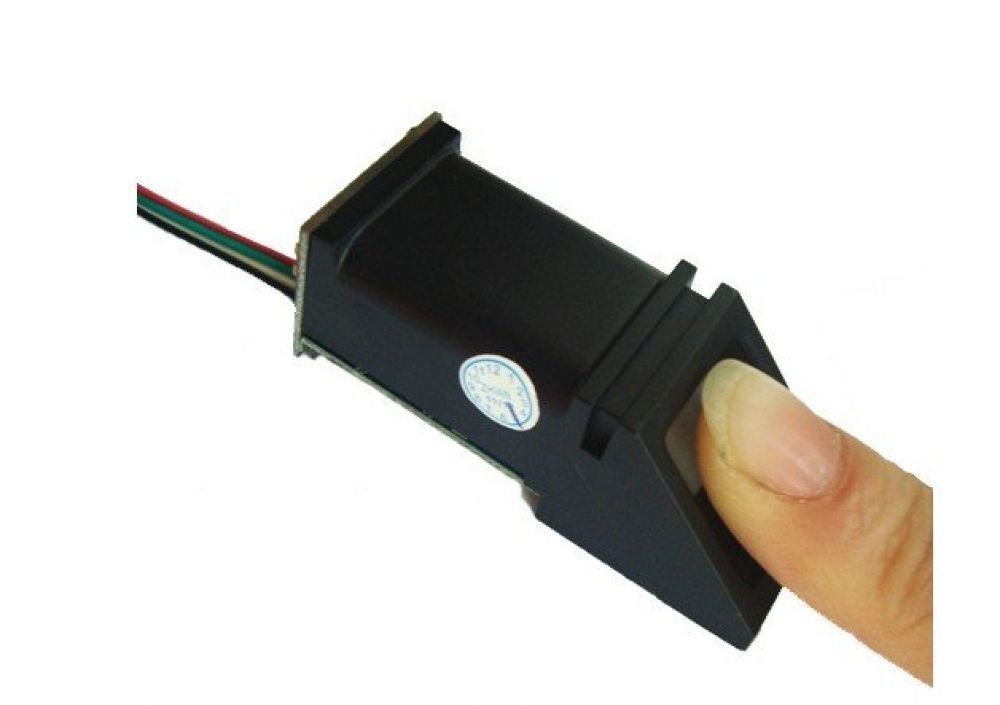This article is meant to serve as an introduction to the task of developing a driver for a usb based dvb device. Currently, in terms of this subject, there are a number of scattered resources available that, when organized together, could form the basis of a howto suitable for the noice developer. The USB chapter. Writing a Simple USB Driver by Greg Kroah-Hartman is illuminating. The USBTMC kernel driver is a character device driver for USBTMC compliant instruments and can be downloaded here. This is an attractive solution for low speed communication, but since there is no Python module you will have to use ctypes and read and write to. I checked python wmi and i could not find ways to disable/enable, (listing is however, possible). Where should I look for to enable/disable devices in python. Thanks, Senthil You didn't even tell us what operating system you are using, but even so, I'm going to say you probably won't find a Python function to do this. PyVISA: Control your instruments with Python¶ PyVISA is a Python package that enables you to control all kinds of measurement devices independently of the interface (e.g. GPIB, RS232, USB, Ethernet). As an example, reading self-identification from a Keithley Multimeter with GPIB number 12 is as easy as three lines of Python code.
General
The basic idea was to control different measurement devices, the easy part was RS232 communication with python but for further usage it was necessary to control measurement devices with USB connection too.
Drivers Python Usb Devices Dongle
Requirements
- pyUSB (https://walac.github.io/pyusb/)
- libUSB windows package (https://sourceforge.net/projects/libusb/files/libusb-1.0/libusb-1.0.20/libusb-1.0.20.7z/download)
Drivers Phyton USB Devices
Usage
Download media tek port devices driver windows 7. If you are starting a test program with following content:

With this code snippet you will eventually get an exception with the text that no backend was found (usb.core.NoBackendError: No backend available). These problem can easily fixed, there are 2 ways for fixing it:

- copy the correct .dll (x86 or x64) to the folder where the script lays
- add following code to initialize a backend with a given path:
Now you are prepared well for using pyUSB at a Windows OS.
